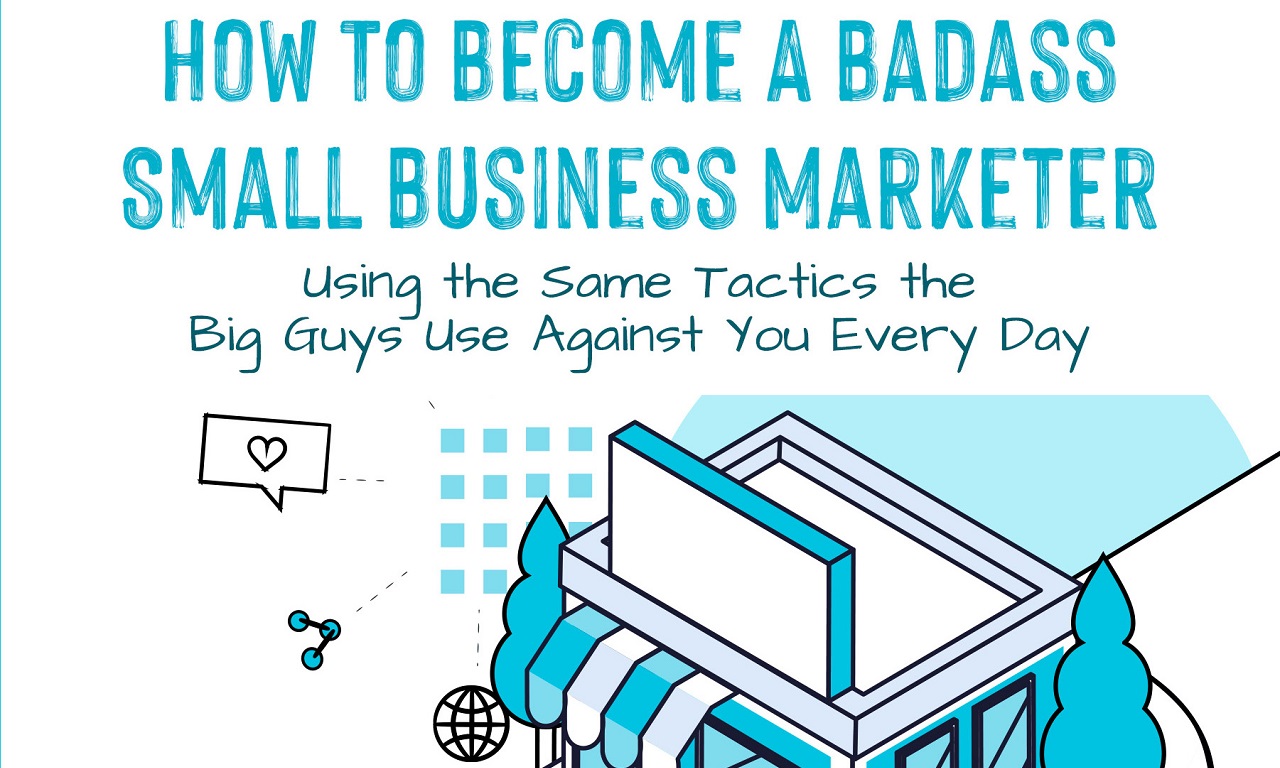What’s driving the latest website development trends? Speed of all kinds, according to our web development experts. And in the web dev battle between form and function, function is leaving form in the dust.
How the Need for Speed is Pushing Website Development Trends
Web Dev has always been a fast-moving space. But Google’s ever-growing obsession with speed — not just page loading — but speed of all sorts, is re-defining how websites are designed, built, and optimized.
But fear not fans of form! We’ve also shared some more exciting trends in this overview from our in-house experts.
Page Loading Continues to Become an Even More Important Factor
Anyone in web development is tired of hearing about page load speeds. You create an eloquent design, only to be told “it’s too fancy. It won’t load fast enough.” Is this obsession with speed justified?
According to Google, the likelihood a user will leave your website (bounce) increases 32% as page load time goes from 1 to 3 seconds. That’s huge, considering how hard you work to get that visitor to your site in the first place.
You can check your own speeds here with Google’s developer tools.
Speed is Impacting Web Dev in Other Ways, Too
For the vast majority of our clients, the share of website visitors on mobile devices is now consistently exceeding 75%. When you consider that 3 out of 4 visitors are ONLY seeing your site on mobile, we’ve certainly passed a tipping point where mobile-first design strategy matters.
However, we’re also seeing higher conversion rates on desktop. So we’re not abandoning desktop design. In fact, we’re giving equal weight to mobile and desktop. Our web dev trend is to design for both simultaneously; in some cases, we’re even designing completely separate sites.
“Even though 3 out of 4 visitors tend to be on mobile devices, we’re seeing higher conversion rates on desktop. our trend is to design for both simultaneously, rather than favor one over the other.”
How Quickly Users Get to What They Want is the New Web Development Speed Factor
Analytics prove out that when you create too much friction for users, they leave. That means getting people to the information they want quickly, with as few clicks as possible.
Here are some web dev trends we’re using to reduce friction:
- Site Search. We’re adding site search so that when customers don’t immediately see what they want, they can get there without guessing.
- Mega Menu. We’re adding mega menus in both desktop and mobile so customers have an entire site map at their disposal.
- Fewer Choices. In many cases, reducing options customers see makes it easier for them to choose. For example, if there are really only 2 or 3 reasons people most commonly come to the site, don’t offer more choices right away.
- Chat Bots. Intelligent chat bots can engage customers and help direct them quickly to the right area of your site. These technologies are getting extremely helpful. We’ve moved beyond the early days of bots.
White Space Matters Again
For those fans of form, take heart. Not every website development trend is about speed. White space, for example, is like a trendy outfit that just came back into style.
Google’s new analysis of the mobile environment has put a focus back on padding and the overall size of elements.
That’s, in part, because of the aging of America combined with the increase in mobile usage of websites. As consumers of on-line content, we want our buttons big and our text larger. And we don’t want all the elements competing against one another.
Everything old is new again in web dev, as in fashion…
Storytelling Is Here to Stay
We’ve become big fans of fellow Nashville-based marketer Donald Miller and his Storybrand concepts. Members of our creative team recently attended one of his private workshops in an effort to hone our storytelling skills even further.
In the last 30 years, the most significant shift within marketing as a discipline is the evolution from advertising to storytelling. Gone are the days when we lead with feature-benefit statements. Today, we carefully craft stories and tell them. It’s made a larger impact than technology, although you can argue technology drove this evolution.
If you’re not already familiar with the basic marketing formula that drives our philosophy here at Source Local Media, please take a moment to familiarize yourself. In fact, we’ve got a series of posts here in our Local Marketing Blog called our Marketing Formula 101 class.
One of the core elements of that formula is messaging. And, for us, messaging is all about storytelling. The website development trend to share here is that your website should tell a story. That story can lead prospects logically to a point where they take action, with you as their guide, to best solve a problem.
We Invest in You Long Before You Invest in Us
Source Local Media was founded on several basic tenants. One of them is leading with education. Another is investing in our clients long before they invest in us.
If you’re struggling with web development questions and you’d like some free advice, just schedule some time with us or request a competitive website analysis. We’ll invest some time gathering information about your website in the context of your most direct competitors and identify priorities than can help you improve.
Need something else? Contact us.






